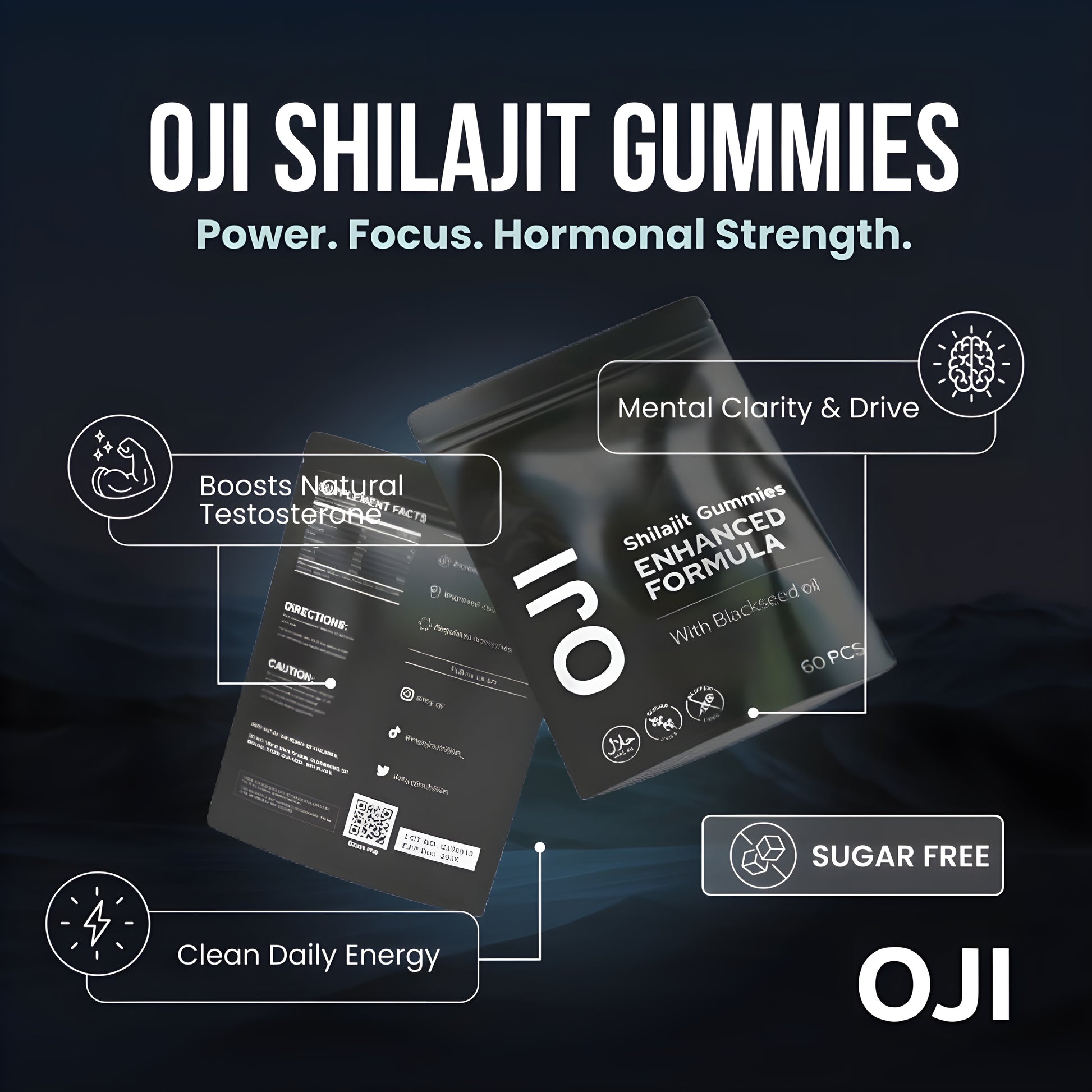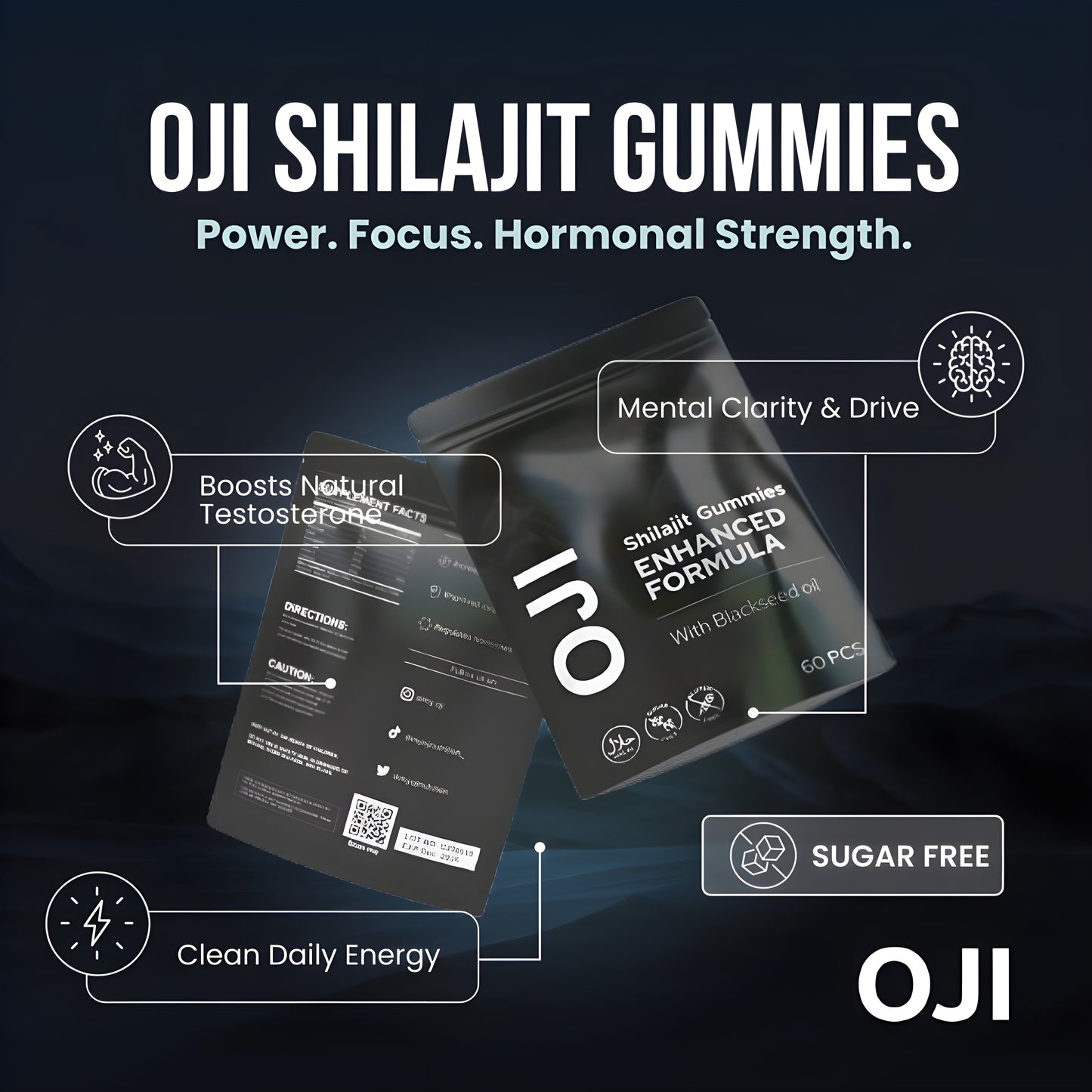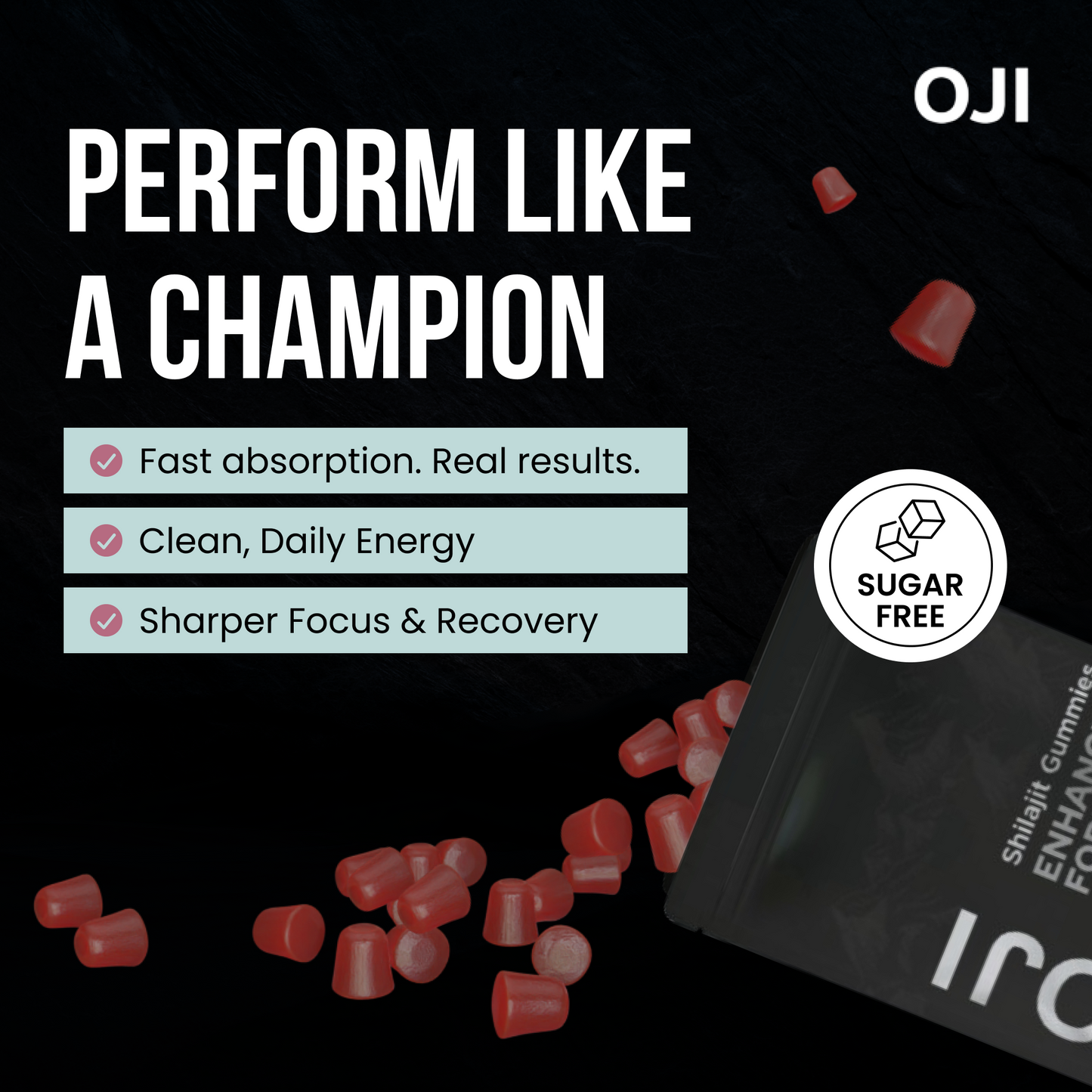Boosting your aerobic capacity requires consistent, targeted effort. The most effective approach combines different types of cardiovascular exercise, like running, cycling, or swimming, to challenge your heart and lungs. To see real improvement, you need to mix high-intensity interval training (HIIT) with longer, steady-state sessions. This dual strategy builds both your deep endurance and your ability to push hard when it counts.
Getting to Grips with Your Aerobic Potential
Before jumping into a workout plan, it's useful to understand what you're working on. Aerobic capacity is measured by your VO2 max: the maximum amount of oxygen your body can use during intense exercise. Think of it as your body's engine—a more efficient engine generates more power and keeps going longer.
This process involves a coordinated effort between your heart, lungs, and muscles. Your lungs take in oxygen, your heart pumps oxygen-rich blood to your muscles, and your muscles use it to create energy. Improving this system isn't just for elite athletes; it has a direct impact on your daily life.
Why It’s About More Than Just the Finish Line
A higher aerobic capacity gives you more energy for everyday life, whether that's keeping up with your kids, carrying groceries upstairs, or simply feeling less tired at the end of the day. It's a key indicator of your cardiovascular health and overall well-being.
To build this capacity, focus on three actionable pillars:
- Smart Training: Apply specific types of stress to your body to force it to adapt and grow stronger.
- Targeted Nutrition: Give your body the precise fuel it needs to perform, repair, and rebuild.
- Effective Recovery: Prioritise rest and sleep to allow your body to consolidate your training gains.
The goal is to build a more resilient and efficient cardiovascular system. When you improve your aerobic capacity, you’re not just getting fitter—you’re making your body better at handling stress, managing energy, and staying healthy for the long haul.
The UK’s Growing Fitness Mindset
This drive for better aerobic health is becoming more and more common. Across the UK, people are realising the massive benefits of staying active. The latest data from Sport England's Active Lives Adult Survey backs this up, showing that 63.4% of adults in England—that’s about 29.5 million people—are now meeting the Chief Medical Officers' physical activity guidelines.
That’s a big jump from pre-pandemic levels and shows a real collective move towards healthier lifestyles. Knowing you’re part of this wider trend can be a fantastic motivator as you start your own journey to increase your aerobic capacity.
Building Your Aerobic Engine with Smart Training
To boost your aerobic capacity, you need a plan that’s smarter than just "doing more cardio." The key is to apply the right kind of stress at the right time. Your goal is to combine different training methods to build a robust and efficient cardiovascular system.
Focus on three core training methods: High-Intensity Interval Training (HIIT), foundational Zone 2 work, and pace-pushing Threshold Training. Each plays a unique and vital role in building your aerobic engine.
This image really captures the heart of interval training—where short, powerful bursts are the key to unlocking your aerobic limits.

This kind of high-intensity work is a potent stimulus for improving how efficiently your body uses oxygen when the going gets tough.
Mastering Zone 2 for Deep Endurance
Think of Zone 2 training as the foundation of your aerobic house. This is steady work at a conversational pace, where your body becomes highly efficient at using fat for fuel. Perform these workouts at roughly 60-70% of your maximum heart rate. Elite endurance athletes spend most of their time here for good reason.
This type of training stimulates mitochondrial growth—the power plants inside your cells. More mitochondria mean you can produce more energy aerobically, which preserves your limited carbohydrate stores (glycogen) for when you really need them.
How to Put Zone 2 into Practice:
- For Runners: Go for a 45-60 minute run where you can comfortably hold a conversation without gasping. Focus on consistent, easy effort, not pace.
- For Cyclists: Do a 60-90 minute ride on a flat or rolling course. Keep your heart rate steady in Zone 2—it should feel like an "all-day" pace.
- In the Gym: Use the elliptical, stationary bike, or rower for 40 minutes. Keep the intensity low and consistent. Resist the urge to push harder.
Pushing Your Limits with High-Intensity Interval Training (HIIT)
While Zone 2 builds your base, HIIT raises the ceiling of your potential. HIIT involves short, all-out bursts of effort followed by brief recovery periods. This is one of the most effective ways to boost your VO2 max.
These intense efforts force your heart to pump more blood with each beat and improve your muscles' ability to use oxygen. It’s a powerful, time-efficient method, but because it's so demanding, use it sparingly—once or twice a week is plenty.
HIIT pushes your body to its absolute limits, creating a powerful stimulus that forces your cardiorespiratory system to adapt and become more robust. Think of it as the sharpening stone for your aerobic fitness.
Finding Your Edge with Threshold Training
Threshold training bridges the gap between steady endurance and all-out sprints. You train at your lactate threshold—the point where your body produces lactate faster than it can clear it. By training at this "comfortably hard" intensity, you teach your body to clear lactate more efficiently, allowing you to hold a faster pace for longer.
This is the kind of pace you could hold for about an hour in a race. Improving your threshold will have a direct, noticeable impact on your performance.
Actionable Threshold Workouts:
- For Runners: After a warm-up, run 2 x 10-minute intervals at your 10k race pace. Take 3-4 minutes of easy jogging as recovery between them.
- For Cyclists: After a warm-up, perform 3 x 8-minute intervals at an effort you could sustain for a 40km time trial. Recover with 5 minutes of easy spinning.
- In the Gym: On a rowing machine, warm up, then row hard for 5 minutes, followed by 3 minutes of easy rowing. Repeat this cycle 3-4 times.
The table below shows how you can structure a week to incorporate all three training styles.
Sample Weekly Training Plan for Aerobic Development
This schedule integrates different training intensities to build a well-rounded aerobic capacity. Adjust based on your fitness level and recovery.
| Day | Workout Type | Duration | Focus |
|---|---|---|---|
| Monday | Zone 2 | 45-60 mins | Steady, conversational effort |
| Tuesday | HIIT | 20-30 mins | Max effort intervals with short rest |
| Wednesday | Active Recovery | 30 mins | Light walk, stretching, or yoga |
| Thursday | Threshold Training | 40-50 mins | "Comfortably hard" sustained effort |
| Friday | Rest | - | Full recovery day |
| Saturday | Zone 2 (Long) | 75-90 mins | Building deep endurance base |
| Sunday | Active Recovery | 30 mins | Easy activity, foam rolling |
This balanced approach ensures you're building your base, pushing your limits, and giving your body the time it needs to adapt and grow stronger.
The Principle of Progressive Overload
To keep improving, you must follow the principle of progressive overload: consistently and gradually increase the demands you place on your body. Your body adapts quickly, so you need to keep challenging it.
Apply progressive overload with these actions:
- Increase Duration: Add five minutes to your weekly Zone 2 run.
- Increase Intensity: Make your HIIT intervals slightly faster or shorten the rest periods.
- Increase Frequency: Add one extra short, easy session to your week.
Make small, manageable changes. Doing too much too soon leads to burnout or injury. For a deeper dive into structuring your workouts, our guide on how to build cardiovascular endurance provides more strategies that pair perfectly with these methods.
Lasting aerobic gains come from consistency and patience. Intelligently combine these training styles and progressively challenge yourself to build a powerful and resilient aerobic engine.
Fuelling Your Body for Performance and Recovery
Your training sessions are only half the battle. The real physiological changes that boost your aerobic capacity happen during the other 23 hours of the day. This is where you must focus on nutrition and recovery to give your body the raw materials and time it needs to rebuild.
Think of workouts as the signal for your body to adapt. Your nutrition provides the building blocks for that adaptation. Without proper fuel, you're asking your body to build a house without any bricks.

Your Essential Macronutrient Toolkit
Here is what your body needs to perform and repair itself.
Carbohydrates Are Non-Negotiable
For any activity that pushes your aerobic system, carbohydrates are your primary fuel. They are stored as glycogen in your muscles and liver, ready to be used when you need to increase intensity. Skimping on carbs will make you feel flat, weak, and unable to hit the effort levels required for improvement.
- Before Training: Eat easily digestible carbs 1-2 hours before you start. A banana, a small bowl of porridge, or a slice of toast with jam are all excellent choices.
- After Training: You have a critical window of 30-60 minutes post-workout to start refuelling. During this time, your muscles are primed to absorb glucose and replenish their glycogen stores.
Protein Is for Repair and Rebuilding
Every tough workout creates microscopic tears in your muscle fibres. Protein provides the amino acids needed to repair this damage, building the muscle back stronger. This process is vital for improving endurance and preventing injuries.
To ensure a steady supply for recovery, include a source of protein like lean meats, fish, eggs, dairy, lentils, or tofu with every meal.
The Role of Micronutrients in Energy Production
While macros provide fuel, micronutrients act as the spark plugs. Certain vitamins and minerals are critical for converting food into usable energy.
Two of the most important for aerobic performance are:
- Iron: A key component of haemoglobin, which transports oxygen from your lungs to your muscles. Low iron levels will directly impact your performance.
- B Vitamins: This family of vitamins (especially B6 and B12) is crucial for energy metabolism, helping your body unlock stored energy from carbs and fats.
Nutrition is more than just counting calories. It’s about giving your body the full spectrum of nutrients it needs to perform and recover. For athletes wanting to dial things in, exploring a detailed nutrition plan for athletes can provide a much-needed structure.
Recovery: The Secret Weapon for Aerobic Gains
You don't get fitter during your workouts; you get fitter when you recover from them. Ignoring this is the quickest way to hit a plateau or get injured.
Sleep Is Your Superpower
Quality sleep is the most powerful recovery tool you have. During deep sleep, your body releases human growth hormone (HGH), which is essential for repairing tissue and building muscle. To maximise recovery, aim for 7-9 hours of uninterrupted sleep per night.
Active Recovery and Hydration
Recovery doesn't always mean lying on the sofa. Gentle movement—or "active recovery"—is often exactly what your body needs. Take a light walk, go for a gentle swim, or do some stretching the day after a hard session. This increases blood flow to your muscles, helping to flush out waste products and ease soreness.
Stay hydrated. Water is involved in nearly every bodily function, including energy production. Even a slight dehydration of just 2% of your body weight can seriously harm your aerobic performance. Get into the habit of sipping water throughout the day.
Using Supplements to Support Aerobic Goals
First, be clear: your training plan and nutrition strategy are the cornerstones of building aerobic capacity. Nothing replaces that work. However, once that foundation is solid, smart supplementation can provide a valuable edge.
This isn't about finding a magic pill. It's about using specific, evidence-backed compounds to support your body's energy systems, improve oxygen efficiency, and accelerate recovery. Think of it as amplifying the results you’re already working for.
Boosting Oxygen Efficiency with Nitrates
An effective way to support your aerobic system is to make it more efficient. This is where nitrates, found in foods like beetroot and spinach, come in. When you consume them, your body converts them into nitric oxide.
Nitric oxide is a vasodilator, meaning it widens your blood vessels. This allows more oxygen-rich blood to flow to your working muscles without your heart having to pump harder. It lowers the oxygen cost of exercise, letting you push harder for longer before fatigue sets in.
How to use it:
- Source: A concentrated beetroot juice shot is the most practical way to get a potent dose.
- Timing: Drink it 2-3 hours before a key workout or race to allow time for the conversion to nitric oxide.
- Dosage: For a noticeable effect, choose a product that provides 400-500mg of dietary nitrates per serving.
Buffering Muscle Acidity with Beta-Alanine
That burning sensation in your muscles when you push your limits is caused by a build-up of hydrogen ions from lactic acid production. This burn eventually forces you to slow down.
Beta-alanine can help. It's an amino acid that helps your body produce more carnosine, a compound that acts as a buffer inside your muscle cells. More carnosine allows your muscles to neutralise more hydrogen ions, delaying fatigue during high-intensity intervals.
Beta-alanine won't directly increase your VO2 max, but it does improve your ability to handle high-intensity work—and that kind of work is a massive stimulus for improving your aerobic capacity. It simply allows you to complete more quality training that drives real adaptation.
Supporting Energy with Adaptogens Like Shilajit
Adaptogens are natural substances that help your body cope with physical and mental stress. For anyone pushing their aerobic limits, this can be a significant advantage. Shilajit is a potent adaptogen getting serious attention for its role in cellular energy.
This unique substance is packed with fulvic acid and over 85 trace minerals. Fulvic acid is thought to act as a transport vehicle, helping shuttle these minerals directly into your cells to support mitochondrial function. Since your mitochondria are responsible for aerobic energy production, keeping them healthy is fundamental to improving endurance.
By supporting energy generation at a cellular level, Shilajit can help you fight fatigue and boost your stamina.
If you’re building out a supplement plan, it’s worth understanding how different compounds work together. You can dive deeper into our detailed guide on the best supplements for endurance to see how adaptogens fit into a broader strategy.
Remember, supplements are supplemental. They work best when layered on top of a solid foundation of consistent training, smart nutrition, and dedicated recovery.
Breaking Through Plateaus and Staying Consistent
It happens to everyone. After weeks of progress, you hit a wall. Your times stagnate, workouts feel harder, and motivation drops. This is a training plateau. It’s not a sign of failure; it’s your body's signal that it has adapted and needs a new challenge.
The first step is to recognise you've hit a plateau. The temptation is to simply push harder, but that often makes things worse. Instead, it’s time to work smarter by making strategic tweaks to your training, recovery, and mindset.

Identifying the Cause of Your Plateau
When progress stalls, it's usually due to a few common culprits. It’s rarely about not trying hard enough. More often, it's an imbalance in your approach. Are you undertraining by doing the same workouts week after week? Or are you overtraining by not giving your body the downtime it needs? Both lead to the same result.
A practical tool for assessing your recovery is Heart Rate Variability (HRV). Most modern fitness trackers measure HRV, giving you a daily snapshot of how ready your nervous system is to perform. If your HRV score is consistently dropping, it’s a red flag that fatigue is accumulating, and it might be time for more rest.
Actionable Strategies to Reignite Progress
Once you have an idea of what's holding you back, you can take action. The goal is to either introduce a new stimulus or give your body a much-needed break.
- Incorporate Cross-Training: If you’re a runner, try a swimming or cycling session. This challenges your cardiovascular system in a new way, engages different muscles, and provides a mental break.
- Schedule a Deload Week: Plan a week of lighter training with reduced volume and intensity. This is not a week off; it's a chance for your body to fully repair and absorb your hard work. You'll often come back feeling stronger.
- Re-evaluate Your Fuelling: As you get fitter, your nutritional needs change. A plateau can be a sign that you’re not eating enough carbohydrates to fuel your sessions or enough protein to properly repair your muscles.
A plateau isn't a dead end. Think of it as your body telling you you're ready for the next level. It forces you to listen, adjust your approach, and ultimately become a smarter, more resilient athlete.
Sometimes the barrier isn’t physical at all, but environmental. According to the Office for National Statistics, there's a clear link between the availability of local sports facilities and how active people are in the UK. Having different places to train keeps things interesting and helps you stay consistent. You can read the full ONS report on sports facilities and exercise for more details.
Mastering the Mental Game of Endurance
Finally, never underestimate the mental side of breaking through a plateau. It’s frustrating when you're putting in the effort but not seeing results.
To stay motivated, shift your focus from outcomes to process. Instead of obsessing over a race time, celebrate nailing all your planned workouts for the week. Discover new running routes, train with a friend, or create a new workout playlist. Consistency is built on sustainable habits that carry you through the ups and downs of training.
Common Questions About Aerobic Capacity
As you refine your training, questions will naturally arise. Understanding these details is key to making your hard work translate into real, measurable gains. Here are answers to some of the most common queries.
How Long Does It Take to See Improvements?
The good news is that you will likely feel a difference within 4 to 6 weeks of consistent training. You'll notice you're less out of breath on the stairs or can hold a faster pace for longer.
For more significant, data-driven changes to your VO2 max, you should plan for 3 to 6 months of dedicated effort. Remember that consistency is the most important factor. Stick with your plan, and the results will follow.
Is Running the Only Way to Boost Aerobic Fitness?
No. While running is an excellent and accessible tool, any activity that elevates your heart rate and sustains it will improve your aerobic capacity. The best exercise is the one you enjoy enough to do consistently.
If running isn't for you, try these fantastic alternatives:
- Cycling: Builds massive endurance with less impact on your joints.
- Swimming: A phenomenal full-body workout for your cardiovascular system.
- Rowing: Engages over 85% of your body's muscles, making it a powerful way to build aerobic fitness.
- Incline Walking: A brisk walk up a steep hill is a perfect, low-impact Zone 2 workout.
- Circuit Training: High-energy classes can provide a serious aerobic stimulus if you keep the intensity high.
Can Strength Training Improve Aerobic Capacity?
Yes, if it's structured correctly. Standard heavy lifting with long rests is primarily anaerobic. However, you can get a significant cardiovascular benefit by moving quickly from one exercise to the next with minimal rest—a style often called metabolic conditioning.
This approach keeps your heart rate elevated, forcing your aerobic system to work harder. That said, for the biggest improvements in your VO2 max, combine it with dedicated cardio sessions like HIIT, threshold, and Zone 2 work.
"The talk test is a simple but incredibly effective tool. For Zone 2, you should be able to hold a conversation. If you can only spit out a word or two between gasps, you’re pushing into those higher intensity zones—which is exactly where you want to be for threshold or HIIT training."
How to Know if You Are in the Right Heart Rate Zone
Training in the correct zones is what makes your workouts effective. While a lab test is the most accurate method, you can use practical techniques every day.
A simple way to estimate your max heart rate is the 220 - your age formula. From there, you can calculate your zones; for example, Zone 2 is typically 60-70% of your maximum. For a more intuitive, tech-free method, use the "talk test" to judge your effort in real time.
Ready to support your body's energy production right at the cellular level? Oji Shilajit delivers a powerful blend of over 85 trace minerals and fulvic acid, designed to help enhance your stamina and speed up recovery. See for yourself what premium, third-party tested Shilajit can do for your training.





